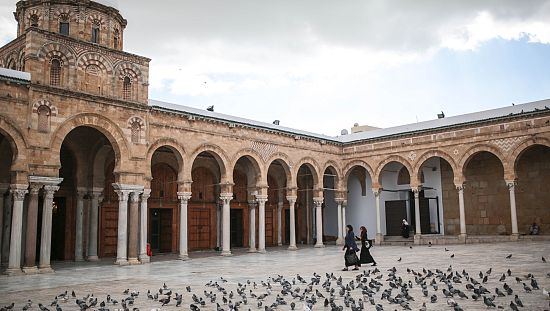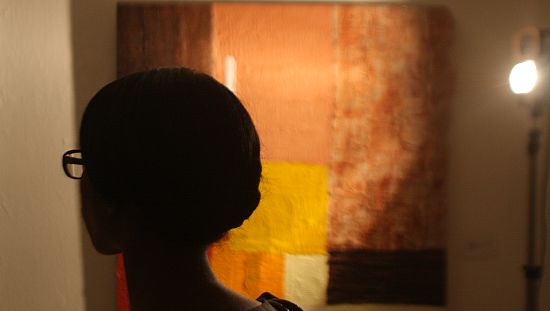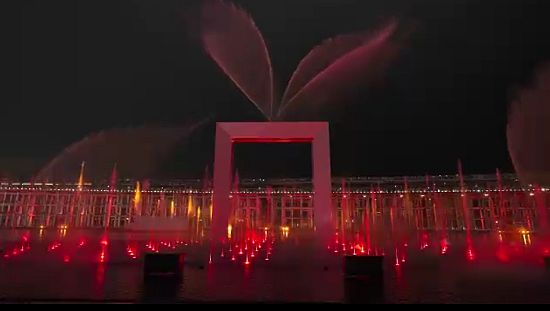The powerful gods of ancient Egypt are gathering at New York’s Metropolitan Museum for its first blockbuster exhibition in over 10 years. Titled “Divine Egypt,” this exhibition explores how the ancient Egyptians represented their gods.
According to the MET curator, few things captivate the public as much as Egyptian art.
“The divine landscape of ancient Egypt is filled with gods—in fact, about 1,500 if you count them all. This exhibition focuses on 25 of the main deities,” stated the curator of ancient Egyptian art.
Greeted by a statue of the sun god Amun-Ra and King Tutankhamun, visitors discover how the gods were conceived not only in the temples, where only kings or priests could go, but also in the daily worship of ordinary people.
“When they leave this exhibition, I hope they understand that all these images they have looked at represent how people, the ancient Egyptians, related to their world. These gods allowed them to solve the problems of life, death, and meaning, because they connected to these images which housed the god. These are problems we are still trying to solve today. We are still trying to answer these questions, but we do it differently. But this is how the ancient Egyptians did it.[…] Here is the great god Min, a statue of a god dating back to 3300 BCE. In this room, and in the adjacent room, you will discover five different ways the Egyptians understood how to create the elements of their world. People, vegetation, various types of floods, which were all essential to the existence of their world. So they created from semen, saliva, clay, and speech. Ta, for example, thinks, speaks, and everything that is thought or said becomes reality.” explained the curator.
Research for the exhibition was challenging, as ancient artists never signed or claimed their works.
The ancient Egyptian civilization lasted for about three thousand years, starting from 3300 BCE. The exhibition covers all periods and features over 200 works.


